Femininity
mind map:
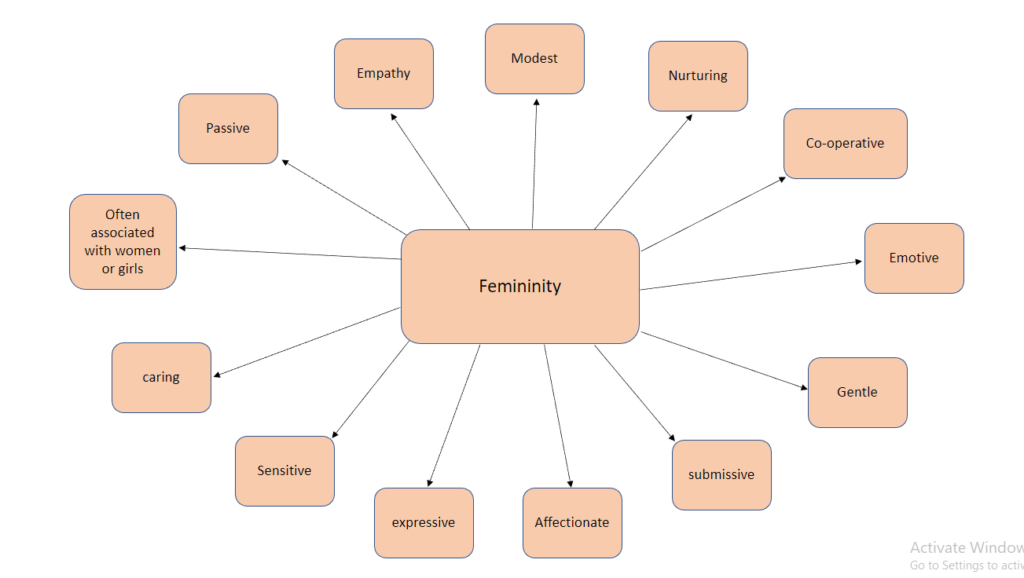
mood board:

Masculinity
mind map:
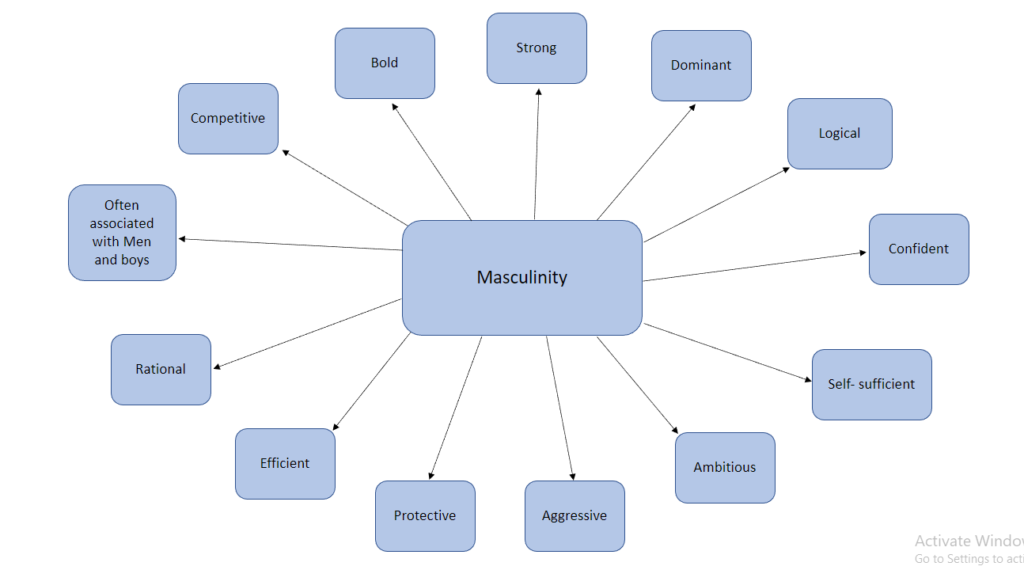
mood board:

Femininity
mind map:

mood board:

Masculinity
mind map:

mood board:

Task
THEMES: Define “femininity” and “masculinity” and explain how identity can be influenced by “place”, or belonging, your environment or upbringing with reference to gender identity / cultural identity / social identity / geographical identity / political identity / lack of / loss of identity / stereotypes / prejudices etc.
Femininity
Femininity is a set of attributes, behaviours, and roles that are often associated with women and girls. Femininity is usually understood as a social construct, and is heavily influenced by both cultural factors and biological factors.
Femininity is usually shaped by the environment as it often changes depending on different areas in the world. For example, in the UK the standard is to be slim with large eyes and defined cheek bones while in Africa it is preferred to be curvaceous. Likewise, the concept of femininity brings about different stereotypes regarding women such as; viewing women as property or women being weak and more emotional than men.
A more modern and common type of social identity for femininity would be online on social media. While on apps such as Instagram, women are presented with the beauty standards and will often receive hate if they fall outside of that category. Women are often viewed as objects of sex meanwhile on world wide advertising women are more often shown for cosmetics or domestic products.
Masculinity
Masculinity is a set of attributes, behaviours, and roles often associated with men and boys. Typical traits of masculinity include attributes such as strength, dominance and aggression.
Masculinity can often be shaped by the environment, for example in the UK, masculinity is currently associated with more negative traits like aggression or ignorant. Masculinity has also changed over time too, for example in the 17th century men were the sole providers for their family and held majority of the power in the relationship. However, now days relationships are viewed as equal, and there is not as much pressure on men to be the sole providers.
While views on masculinity have certainly changed over time, the concept of masculinity definitely still holds a lot of power over today’s society, with around 65% of all leadership positions being given to men.

Femininity is defined as qualities or attributes regarded as characteristics of women or girls, whereas masculinity is defined as qualities or attributes regarded as characteristics of men or boys. These two themes are considered ‘binary opposites’ – a system by which, in language and thought, two theoretical opposites are strictly defined and set off against one another. Using binary opposites can often be very helpful in coming up with ideas for a photography project.

Traditionally, femininity has been associated with being nurturing, empathetic, and passive, whereas masculinity is often associated with strength, dominance, and assertiveness. Despite this, these definitions are constantly changing in today’s modern world and are heavily dependent on a variety of factors.
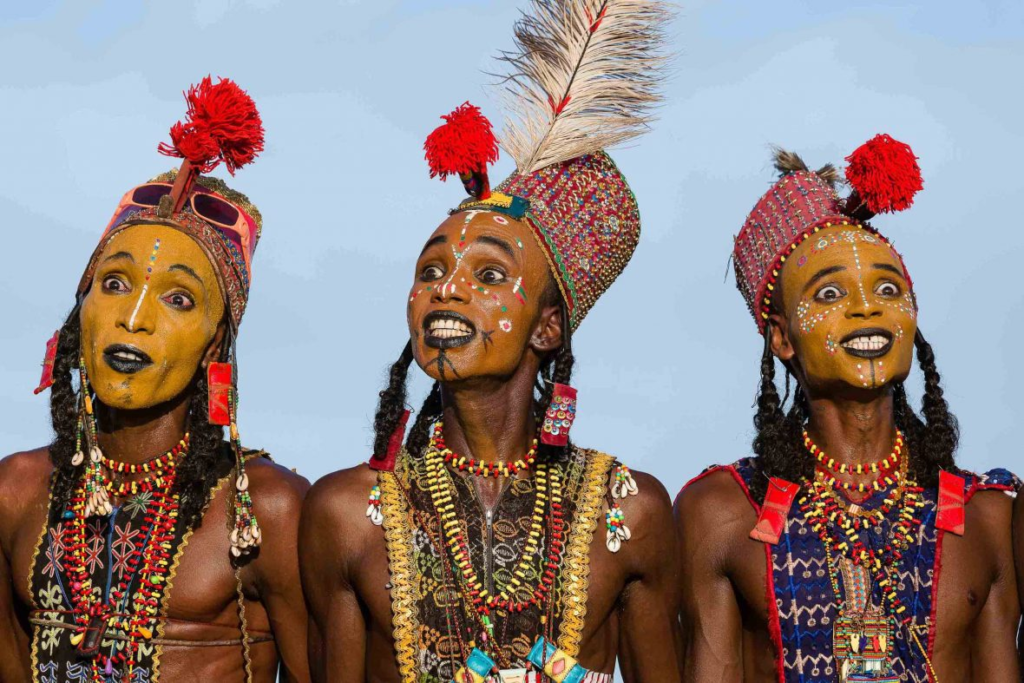
One major factor that can influence this is an individual’s cultural identity. For example, in some cultures, gender roles are very rigid, with specific expectations for how men and women should behave, dress, and interact with others. In cultures like these, there may be a pressure to follow these norms in order to fit in and belong. On the other hand, in other cultures, such as the nomadic Wodaabe tribe in Chad, gender roles may be more fluid and teach people to explore and express different aspects of themselves.
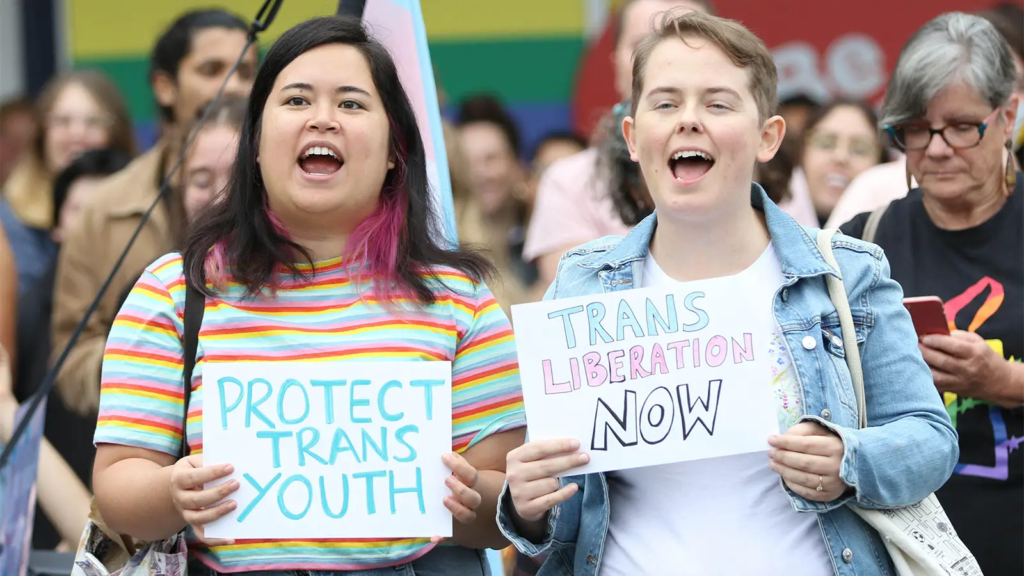
In addition, social identity can also play a significant role in this – such as different minorities, compelling them to follow specific gender stereotypes to be accepted by others. This can be particularly true for transgender individuals in Western societies, who may face additional difficulties in discovering themselves in a society that enforces such firm gender norms.

Geographical identity is yet another key factor in building up someone’s gender identity. In certain parts of the world, gender roles may be more traditionally defined or they might be more open to the individuals’ interpretation and less enforced. Political identity can also be a key factor in this, particularly in societies where political power is associated with gender, such as South-East Asian countries like Saudi Arabia, where politics and religion keep men in power, reinforcing concepts like patriarchy.

Similarly, stereotypes and prejudices also have significant effects on people’s identities. Those who are regularly subjected to negative stereotypes and discrimination could struggle to fully embrace who they are and lose some sense of self – however, those who are able to reject this negativity and form a more positive sense of self are more likely to feel comfortable with their gender identity.
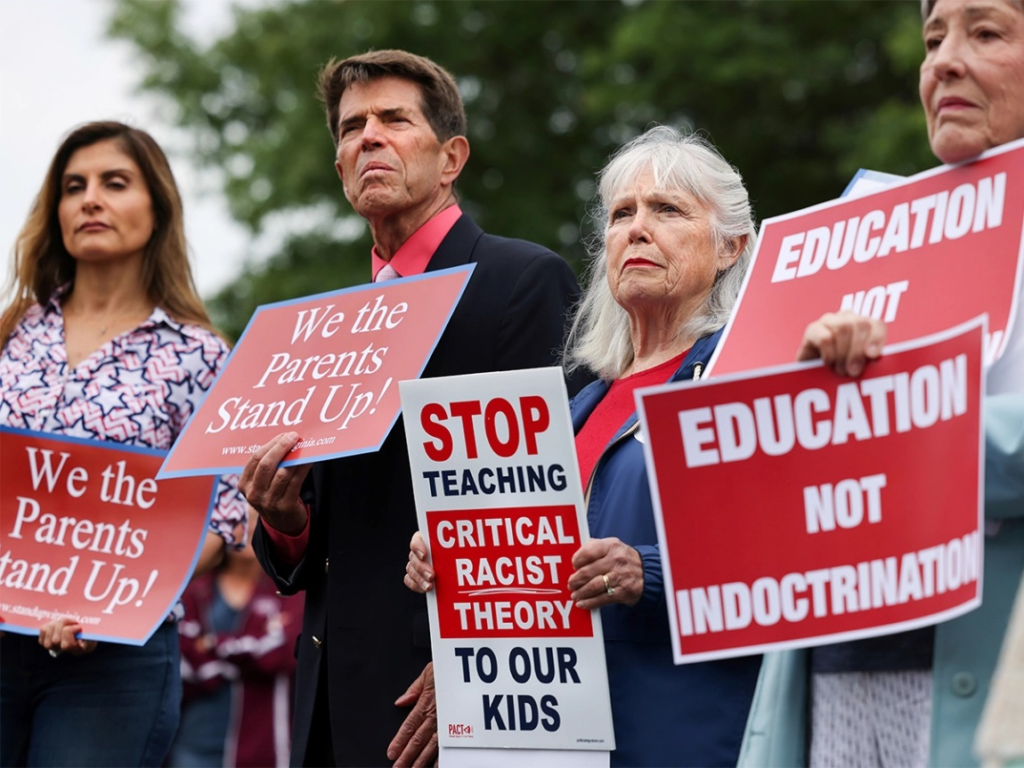
Identity politics is where people of a particular race, nationality, sexual orientation, religion, gender, social class, etc. develop political agendas based on these factors. Whilst it can be a positive thing, like empowering certain excluded communities and promoting social justice for them, it can also have the opposite effect, increasing tribalism and dividing other communities on these issues, creating what is now known as ‘culture wars’.
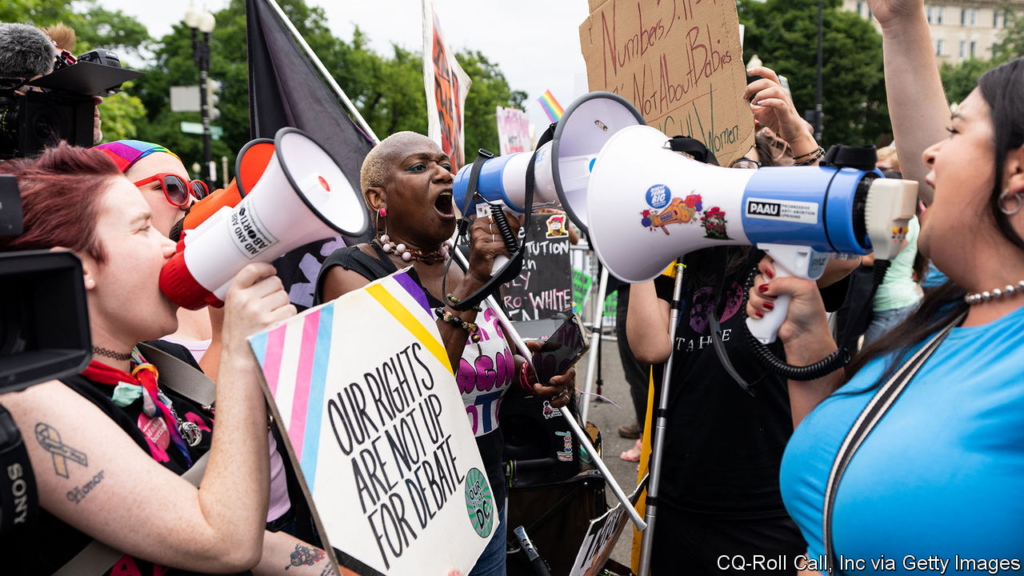
Culture wars are cultural conflicts between different social groups and the struggle for dominance in values, practices, and beliefs, often occurring in widely multicultural countries. They also have similar positives and negatives to identity politics, being able to celebrate diversity, while on the other hand increasing polarisation between communities.
These phenomena are both increasingly shaping the way our societies are developing today, with growing awareness toward experiences faced by traditionally marginalised groups or individuals, which has very much shaped how society sees a lot of minority groups as compared to 100 years ago. From what I understand, culture wars are more or less a branch of identity politics, where a debate leads to the protesting of these political issues, such as the #MeToo movement, to more aggressively, and often effectively, convey their message until governments or opposing parties properly take it on board.
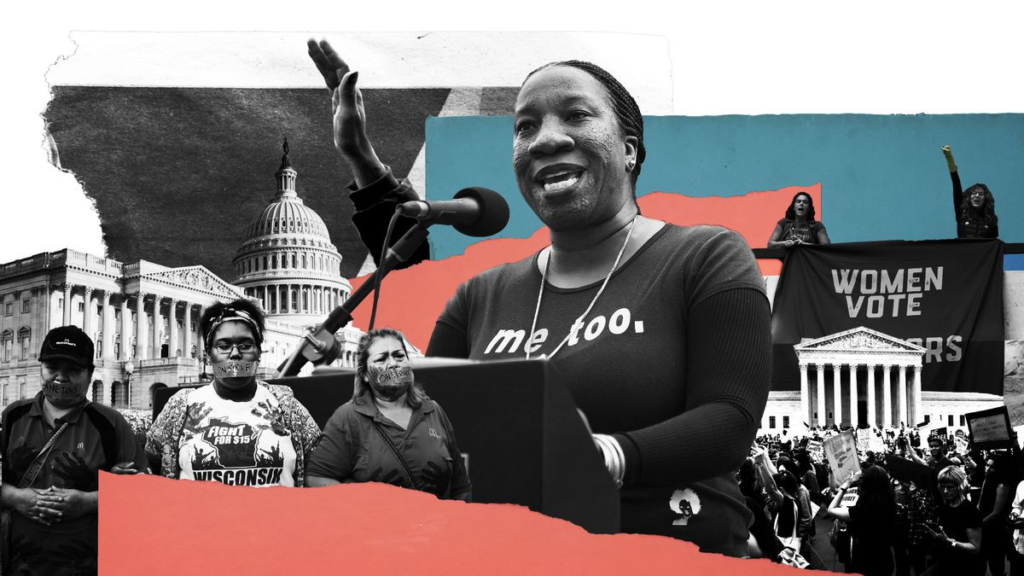
The #MeToo movement has raised awareness of sexual assault and harassment, leading to various policy changes and cultural shifts in the way that we think about gender and power in the Western world. It’s sparked a much broader conversation about gender roles and equality and has definitely raised very important questions about the way our legal and governmental systems work. I believe that this movement is most certainly a positive aspect of identity politics’ effect on our societies, creating more safe spaces for people to speak out about their trauma and experiences.
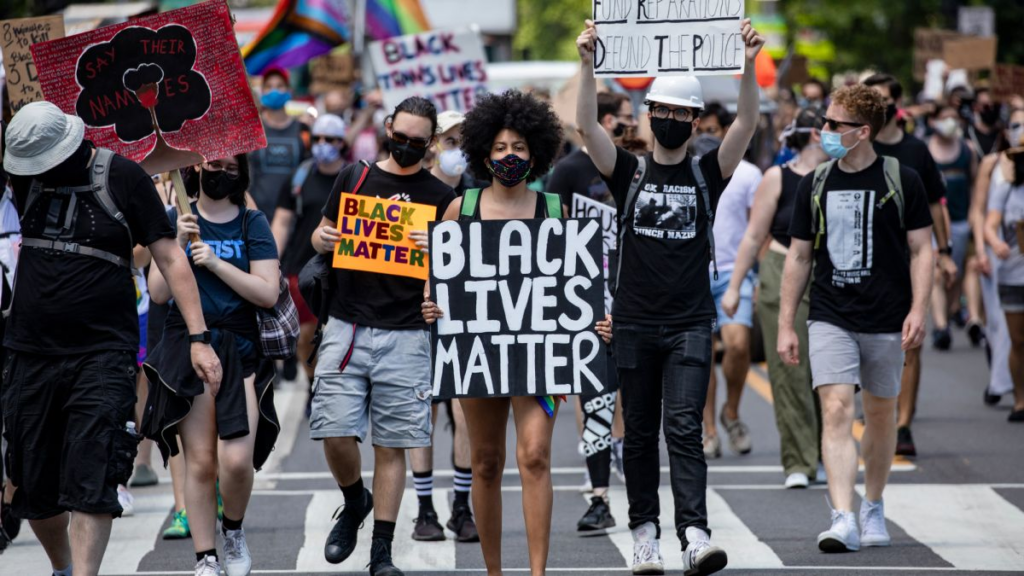
In addition, the Black Lives Matter (BLM) movement rose from the African American community’s frustrations with ongoing police brutality and widespread systemic racism, highlighting issues that were long ignored in mainstream politics, and spurring important conversations about police reform, social inequality, and racial justice.
However, this is where the negative effects of tribalism within culture wars take place. When different groups define themselves primarily in terms of identity by political views, they often become unwilling to see other perspectives and don’t want to engage in compromises or other meaningful dialogue. A prime example of this stems from the ‘White Lives Matter’ movement, a retaliation to BLM as a white supremacist worldview to suppress their message.

Overall, while both identity politics and culture wars have their positives, it is important to recognise the dangers that tribalism and division can pose. In order to build a more just and equal society, ways to balance the promotion of individual rights and interests with the interest of common good and inclusion need to be found, rather than retreating into our own communities and refusing to branch out and engage with others.
Sources:
https://plato.stanford.edu/entries/identity-politics/
https://en.wikipedia.org/wiki/Identity_politics
https://publicseminar.org/essays/identity-politics/
https://blacklivesmatter.com/about/
https://www.adl.org/resources/hate-symbol/white-lives-matter






A chemigram is a form of experimental photography that doesn’t require the use of a camera. Instead, it involves the application of chemicals onto photographic paper to create unique and abstract images. The process typically involves coating the paper with a substance that resists the chemical developer, such as wax or oil, and then selectively removing the substance with various tools to create areas that are more or less sensitive to the chemical.
The paper is then developed in the same way as traditional black-and-white photography, resulting in an image that is a combination of chemical reactions and the physical manipulation of the surface. The final piece is often characterised by its unpredictability and a lack of sharp edges or distinct shapes, which gives it a dreamlike and abstract quality. This process offers a lot of creative freedom and is a great way for photographers to experiment with new techniques and mediums to produce unique and visually striking images.
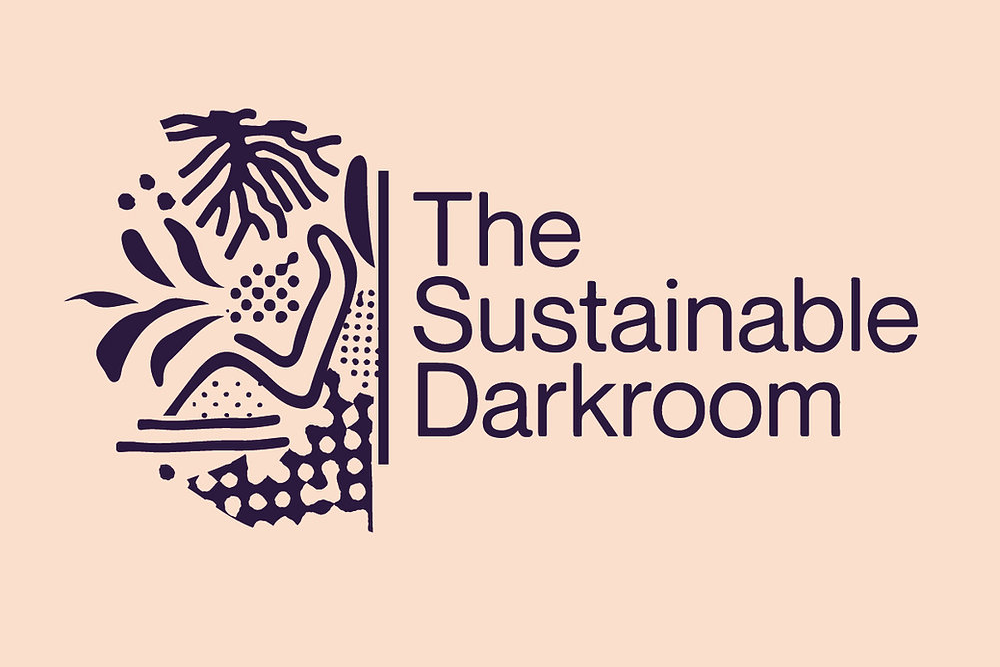

For this trip, we went up to the barracks in Greve de Lecq, St Ouen, to meet with Plant-based photographic artist Hannah Fletcher from the Sustainable Darkroom to learn about how classic photographic processes affect the environment, thanks to the use of caustic chemicals during the development process in darkrooms and the plastics used in the making of standard film.

Hannah took us down to the beach to ‘forage’ for seaweed, which she used to create an environmentally friendly developer to prepare for us later. We collected a few kilograms and it was left to boil in a pot inside the barracks while we foraged for different plants in the woods.
To make the chemigrams, we used various tools such as brushes and pipettes – typically used in science labs to carefully place drops of chemical solutions – making use of different oils and even maple syrup, before placing it into the developer, followed by the chemical fixer (fixes the image to prevent further development). Some people also used the shapes of some of the plants we’d foraged to print more natural shapes onto their chemigrams and they turned out pretty well.


These were two chemigrams that I’d made, the one on the left I did more haphazardly, trying out the different substances and tools that we had at our disposal, whilst the one on the right was composed more carefully, in which I ripped up pieces of masking tape into triangular shapes, which left these unique fractal shapes when the developer seeped into the air pockets left by the tape.
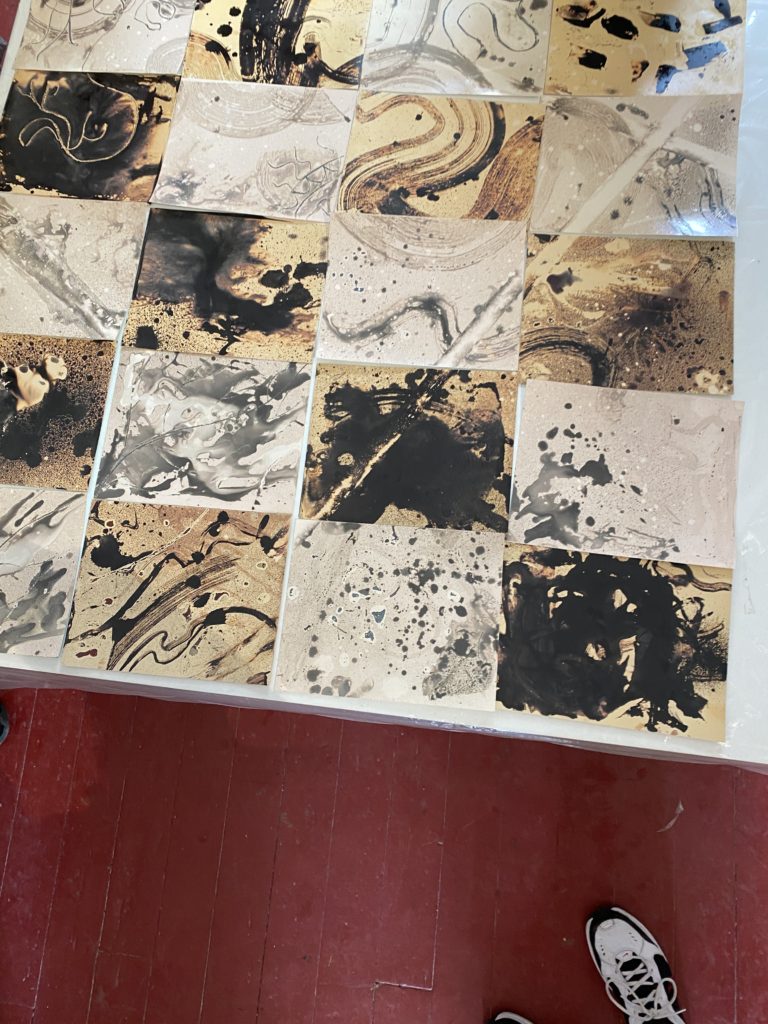
We then, as a group, created this larger chemigram using two different types of photographic paper in a checkerboard pattern. My contribution was spraying most of the right half with a spray bottle full of the developer, which left a nice splatter effect.
Overall, I think this trip was quite successful in the sense that I learned the environmental damage caused by something as simple as photography, and how the damage can be avoided by using local materials and using only what I need. I also learned how to use a new medium that I could use in later projects.
Camera settings: Shutter speed 6″ – Aperture f/8 – ISO 100


I flagged my final selection of images I want to edit


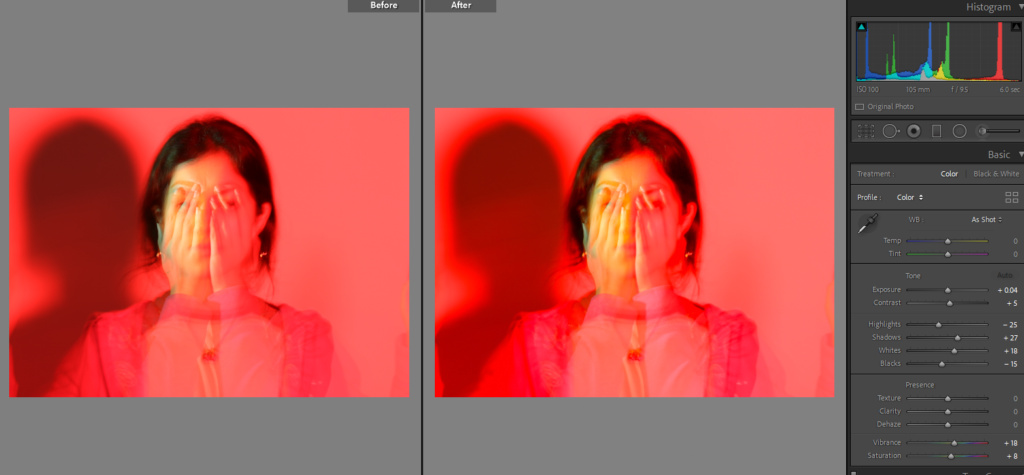
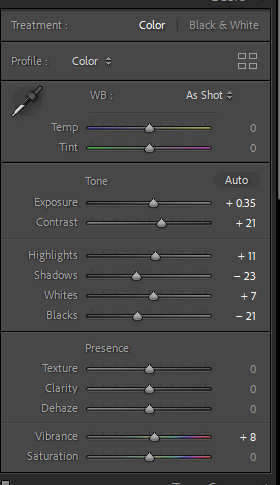














The google definitions of femininity and masculinity are as such:
Femininity- qualities or attributes regarded as characteristic of women or girls.
Masculinity- qualities or attributes regarded as characteristic of men or boys.
Masculinity is seen to be the trait which emphasizes ambition, acquisition of wealth, and differentiated gender roles. Stereotypical ways to describe a ‘male’ are as such:
Femininity is seen to be the trait which stress caring and nurturing behaviours, sexuality equality, environmental awareness, and more fluid gender roles.
Stereotypical ways to describe a female are as such:
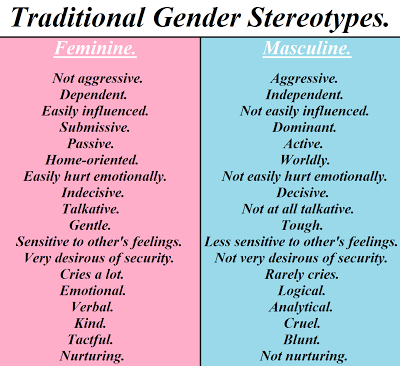
The themes of ‘FEMININITY and MASCULINITY’ are a binary opposite – a pair of related terms or concepts that are opposite in meaning.
Binary opposition originated in Saussurean structuralist theory in Linquistics (scientific study of language) According to Ferdinand de Saussure, binary opposition is the system by which, in language and thought, two theoretical opposites are strictly defined and set off against one another. Using binary opposites can often be very helpful in generating ideas for a photographic project as it provides a framework – a set of boundaries to work within.
ENVIRONMENT/UPBRINGING – This can affect your identity due to how you have been raised, and what values you have been brought up with. It is difficult to change your views after a period of time with how someone else had build these into you.
CULTURAL IDENTITY – Cultural identity can mean a various of things; nationality, ethnicity, race, gender, and religion. Their are many wars that have been created due to different beliefs and stereotypes people have been taught to know. Stereotypes include that; black people are ‘dangerous’ and more likely to cause trouble, after George Floyds death many people unionised and created the BLM movement to contradict this stereotype.
LOSS OF IDENTITY – People that may have lost a part of themselves, or changes who they are: eg. transgender, different pronouns, mental illness, or going through a trauma , may have a different view on identity. This could vary from people that have experienced themselves, people who know people that have experienced something, or people that feel empathetic.

IDENTITY POLITICS is a term that describes a political approach wherein people of a particular religion, race, social background, class or other identifying factor form exclusive socio-political alliances, moving away from broad-based, coalitional politics to support and follow political movements that share a particular identifying quality with them. Its aim is to support and centre certain groups’ concerns, agendas, and projects, in accordance with specific social and political changes.
The term was first used by the Combahee River Collective, a Black feminist lesbian socialist organization active in Boston from 1974 to 1980, in 1977. It was used all over by the early 1980s, and in the ensuing decades has been employed in various cases with radically different connotations depending upon the term’s context. It has gained currency with the emergence of social activism, manifesting in various dialogues within the feminist, American civil rights, and LGBT movements, disabled groups, as well as multiple nationalist and postcolonial organizations, for example, the Black Lives Matter movement.

CULTURE WARS are cultural conflicts between social groups and the struggle for dominance of their values, beliefs, and practices. It commonly refers to topics on which there is general societal disagreement and polarization in societal values are seen. The term is commonly used to describe contemporary politics in Western democracies with issues such as homosexuality, transgender rights, pornography, multiculturalism, racial viewpoints, abortion and other cultural conflicts based on values, morality, and lifestyle being described as the major political cleavage.
Michelle LeBaron describes different cultures as “underground rivers that run through our lives and relationships, giving us messages that shape our perceptions, attributions, judgments, and ideas of self and other.” She has stated that cultural messages “shape our understandings.” Due to the huge impact that culture has on us, LeBaron finds it important to explain the “complications of conflict:”
First, “culture is multi-layered,” meaning that “what you see on the surface may mask differences below the surface.”
Second, “culture is constantly in flux,” meaning that “cultural groups adapt in dynamic and sometimes unpredictable ways.”
Third, “culture is elastic,” meaning that one member of a cultural group may not participate in the norms of the culture.
Lastly, “culture is largely below the surface,” meaning that it isn’t easy to reach the deeper levels of culture and its meanings,
The Sustainable Darkroom is an artist run research, training and mutual learning community. They are developing low-toxicity chemistries and practices in analogue photography, in order to use less damaging products.
Hannah Fletcher is the founder of this project, The Sustainable Darkroom, and began it in 2019. During this one day workshop with Fletcher she revealed how she creates this sustainable products to develop photographs.
Alexander Mourant is an artist, educator and writer based in London. The work of Alexander Mourant embraces autobiography, literature and reference-based thinking, to create narratives that question the relationship between the body and the photographic medium.
Mourant also works with Fletcher on this Sustainable Darkroom as the subordinate/assistant photographer. They both try to create a sustainable way to create art and photography.
Arriving at Greve de Lecq Hannah Fletcher gave a overview of the project, The Sustainable Darkroom, in which she explained how she has managed to create renewable ways to develop art and photography.
As a group we went down to the beach to collect seaweed, which Fletcher said would be used as a natural developer. Yet there is a specific criteria the seaweed needs to meet, it needed to include the bubble bits on the length of the seaweed. Furthermore then we went into Greve de Lecq woods to pick up leaves to create chemigrams, the leaves would be used as a print on the image.
A chemigram is made by painting with chemicals on photographic paper. It requires the use of materials from silver halide-based photography (light-sensitive paper, developer, and fixer).



In order to do our chemigrams sustainably, from the collected seaweed we boiled it for 10minutes in order to get the minerals we needed for the natural developer. Furthermore we mixed ‘vitamin C’ powder and a chemical to create the fixer. We used tools such as pipets, spray bottles, wax and sponges to create different designs. We used the developer and the mixer to create different colours, we also used this process with the leaves and flattened them.
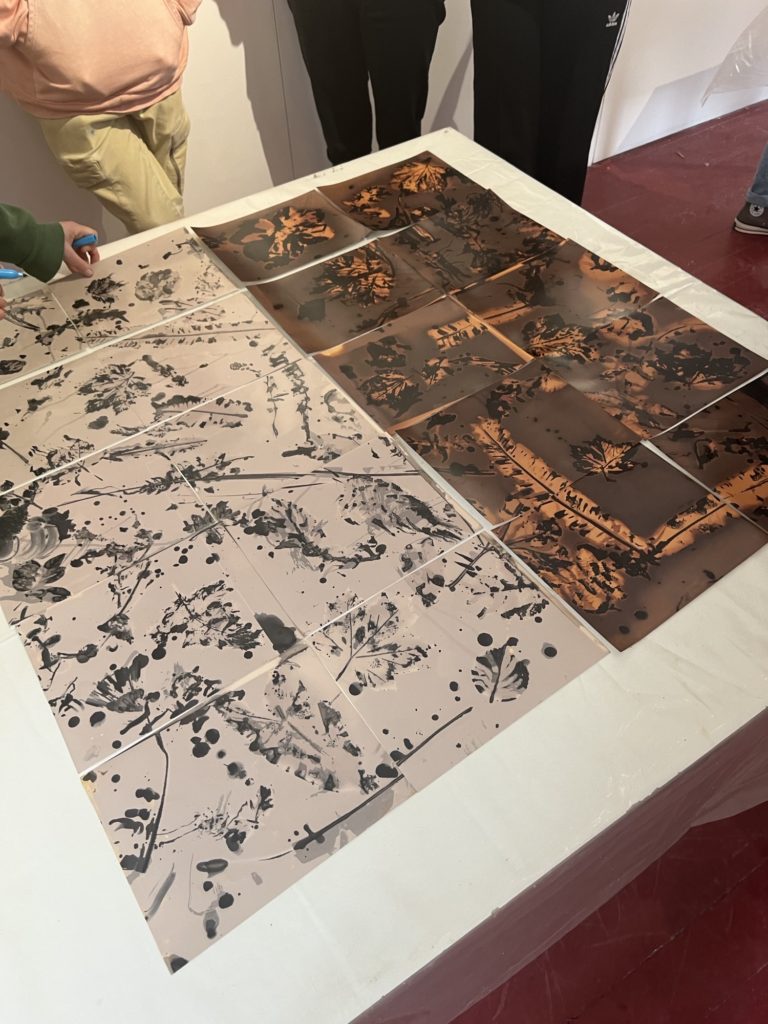

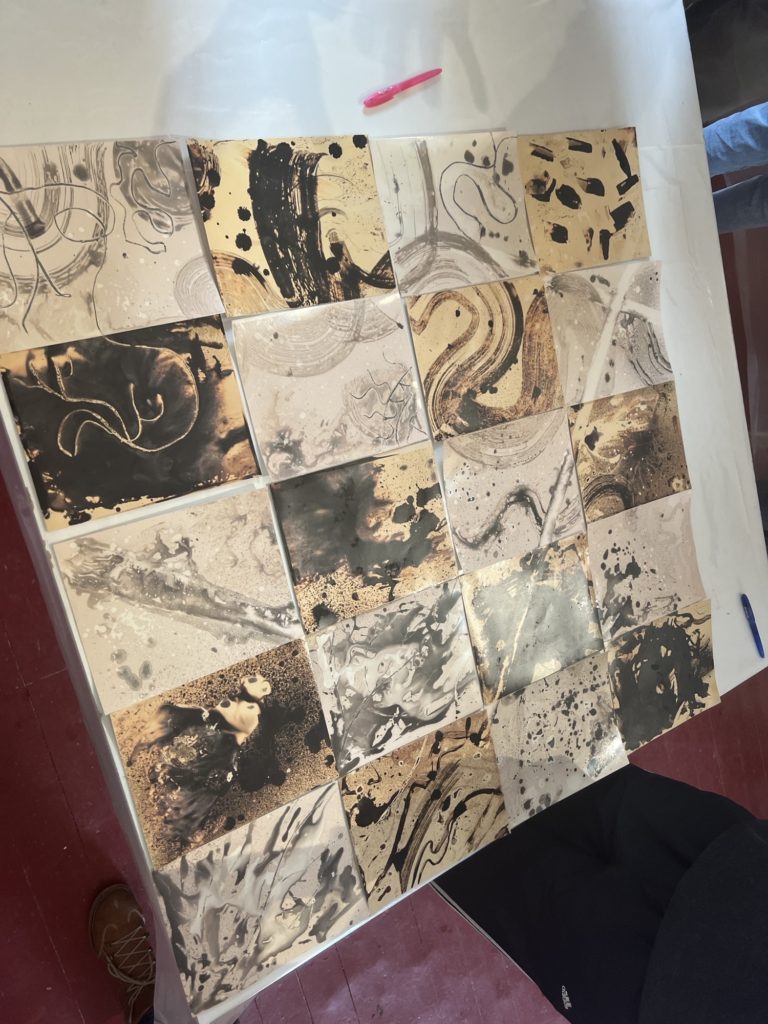

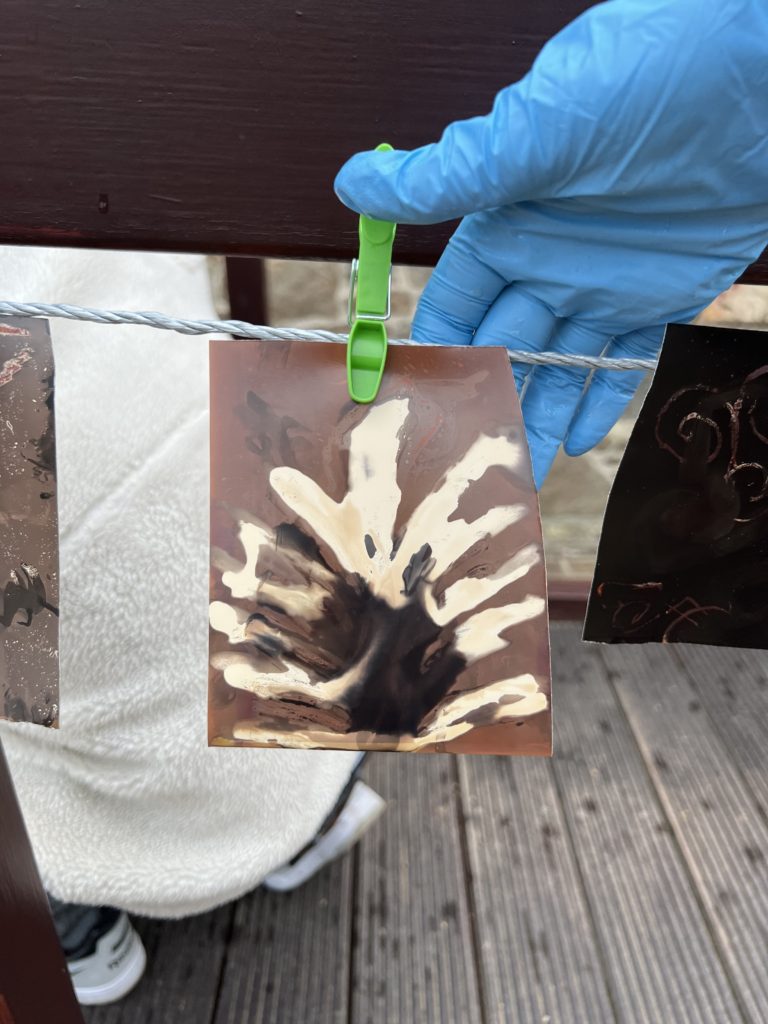
FEMININITY – qualities or attributes regarded as characteristic of women or girls.
MASCULINITY – qualities or attributes regarded as characteristic of men or boys.

The themes of ‘FEMININITY and MASCULINITY’ are a binary opposite – a pair of related terms or concepts that are opposite in meaning.
Ferdinand de Saussure, the binary opposition is the “means by which the units of language have value or meaning; each unit is defined against what it is not”.
Binary opposition originated with Ferdinand de Saussure structuralist theory in Linguistics. According to De Saussure, binary opposition is the system by which, in language and thought, two theoretical opposites are strictly defined and set off against one another.
EXAMPLES OF BINARY OPPOSITES:

ENVIRONMENT/UPBRINGING – This can affect your identity due to how you have been raised, and what values you have been brought up with. It is difficult to change your views after a period of time with how someone else had build these into you.
CULTURAL IDENTITY – Cultural identity can mean a various of things; nationality, ethnicity, race, gender, and religion. Their are many wars that have been created due to different beliefs and stereotypes people have been taught to know. Stereotypes include that; black people are ‘dangerous’ and more likely to cause trouble, after George Floyds death many people unionised and created the BLM movement to contradict this stereotype.
LOSS OF IDENTITY – People that may have lost a part of themselves, or changes who they are: eg. transgender, different pronouns, mental illness, or going through a trauma , may have a different view on identity. This could vary from people that have experienced themselves, people who know people that have experienced something, or people that feel empathetic.